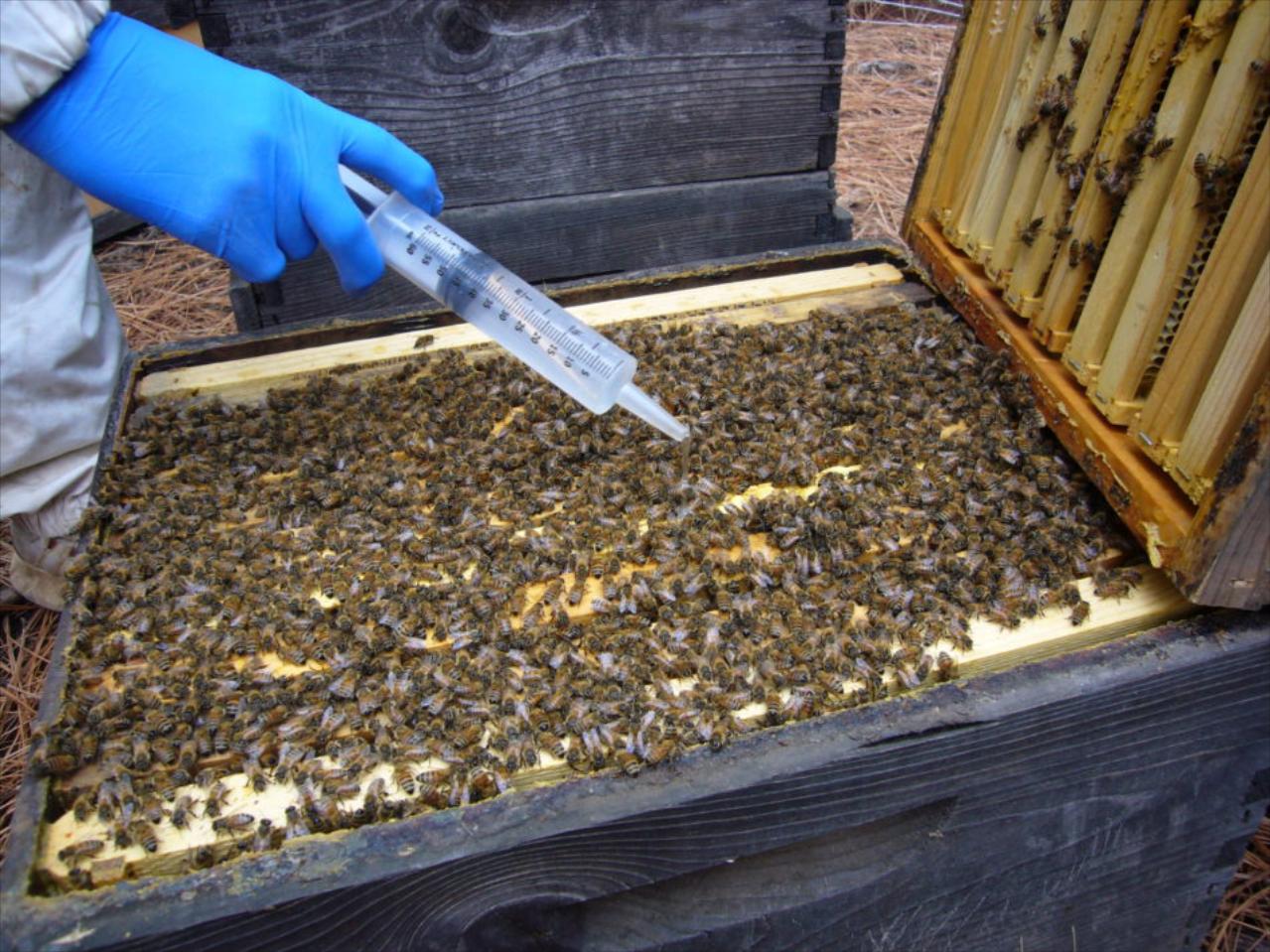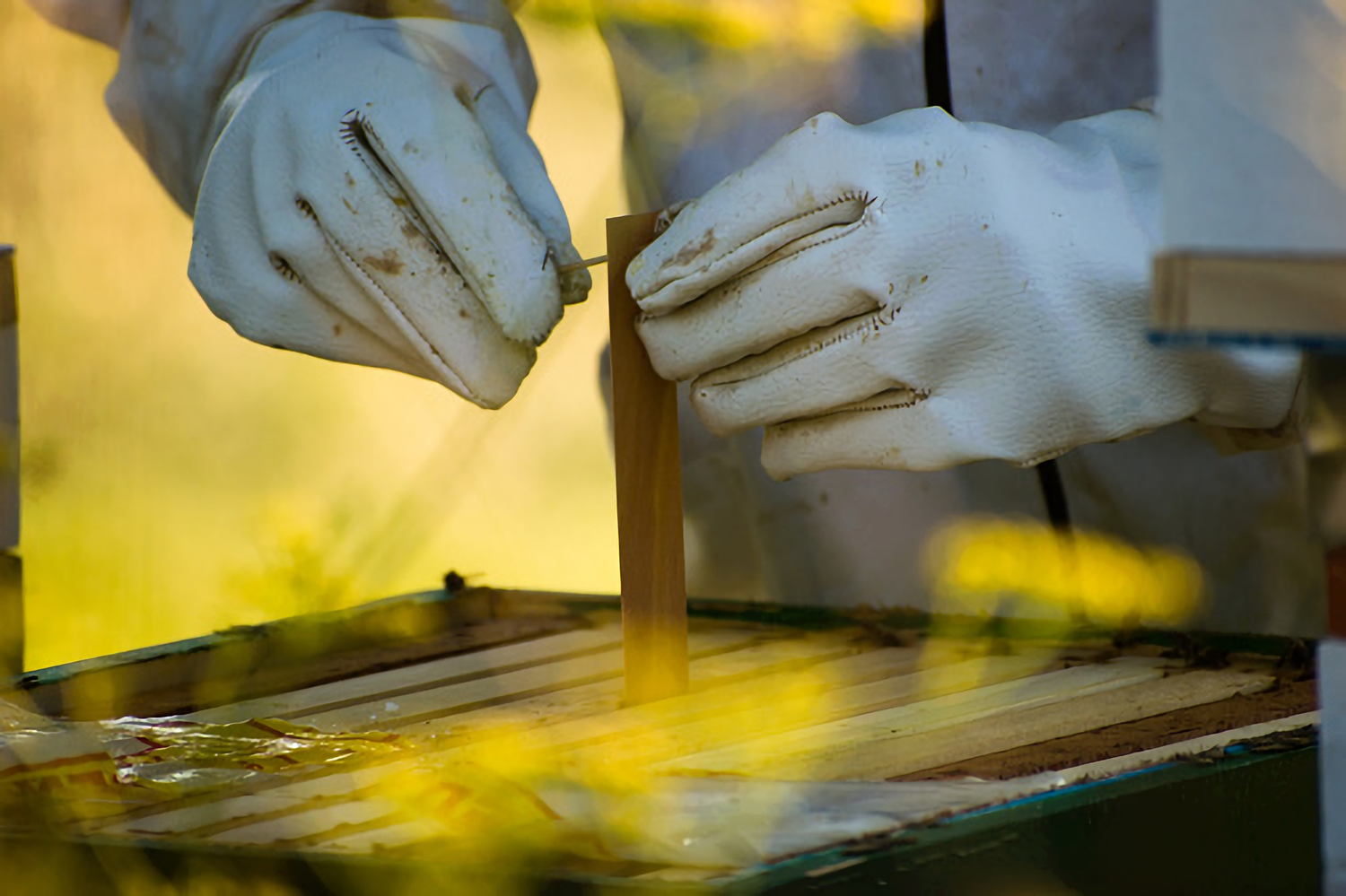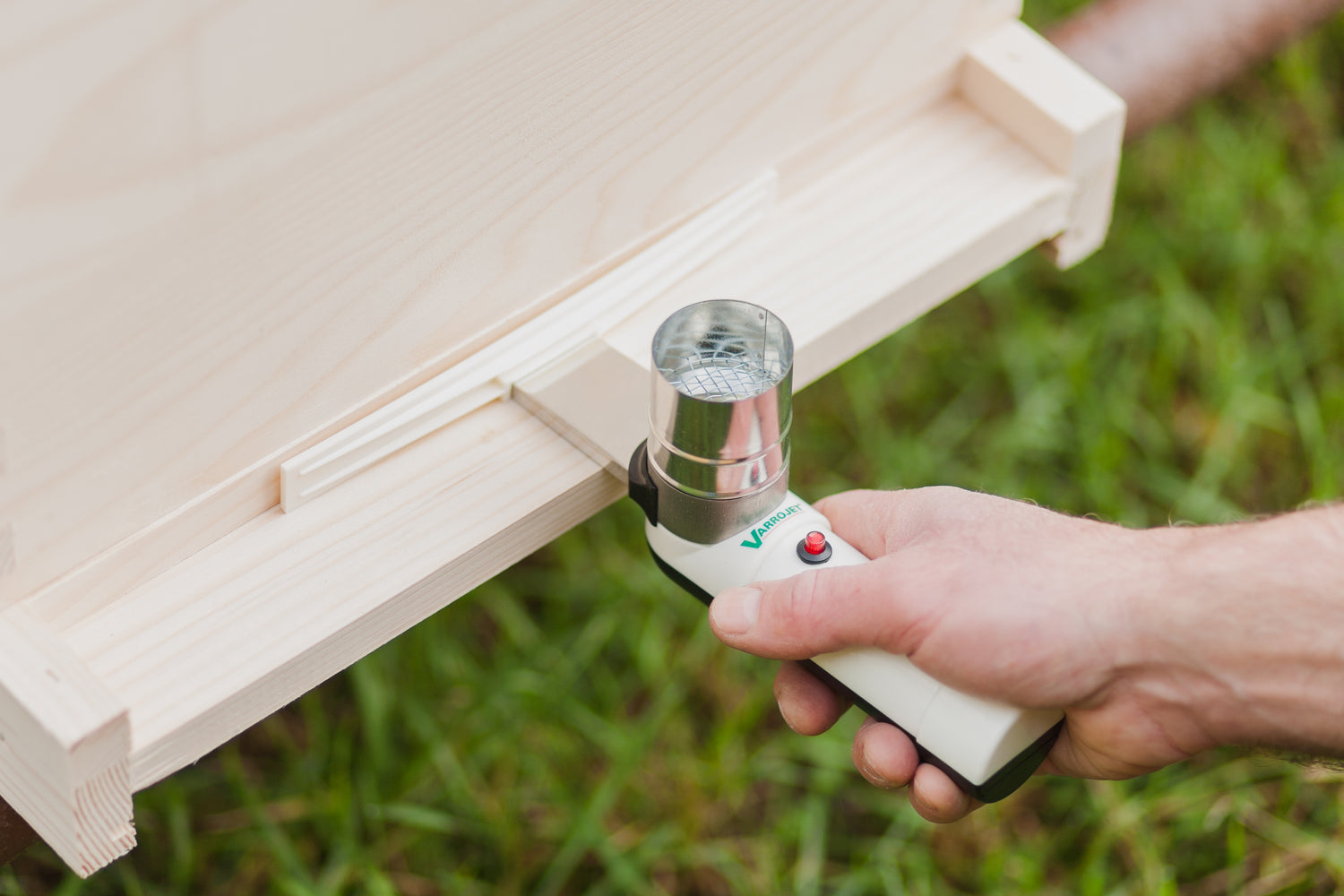Bullet Points
1. Sponge Included: Our round formic acid evaporator comes equipped with a highly absorbent sponge. Its lower porosity ensures efficient absorption while minimizing liquid evaporation.
2. Movable Lid: Featuring a movable part on the lid, the evaporator's opening can be easily regulated. This design enhances flexibility and control over the release of formic acid.
3. Simple And Efficient: Carefully crafted for simplicity, efficiency, and bee-friendliness, this dispenser is an ideal solution for health products such as formic acid and acetic acid in beekeeping. It provides a safe and straightforward approach to Varroa mite control.
4. Adjustable Openings: Tailor the release rate of formic acid to your hive's needs with adjustable openings. The dispenser's adjustable evaporation area allows precise control over the treatment process.
5.High Quality Products: Crafted from high-quality materials, our dispenser is corrosion-resistant and reusable. This beekeeping tool is designed for effectively combating mites in beehives, ensuring the longevity and health of your bee colonies.
How to use the dispenser?
1. Preparation: Fill the dispensers with formic acid a few hours before placing them in the hives. This allows the absorbent material to evenly soak up the acid. This step can even be done a day before the scheduled placement.
2. Placement: Formic acid vapors are denser than air, so position the dispenser on top of the nest for efficient distribution. Our dispensers come with an adjustable evaporation surface. In the initial phase, start with a small opening. Bees may show signs of irritation initially, flying around the hive, but this behavior diminishes over time. If the temperature remains within the acceptable range, gradually increase the evaporation surface. The dispenser offers six opening sizes, enabling precise adjustments.
3. Observation and Adjustment: Monitor the correlation between temperature, opening size, and bee behavior in colonies of different strengths. This valuable information helps beekeepers tailor their approach for optimum effectiveness and safety.
4. Dosage: Each dispenser can efficiently absorb and evaporate 70-80 ml of acid at a time. It's essential to maintain this dosage for effective Varroa control.
Introduction
Formic and acetic acid dispenser – a simple and helpful solution for your apiary
With the arrival of September, the fight against Varroa enters a decisive phase. The last honey of this year is harvested from the hives and the nests are finally laid out for wintering. This is a good time to finally deal with the population of the Varroa destructor, which weakens the winter bee generation. It is also worth protecting the combs taken out from the hives against the destructive effect of the Wax moth. In both cases, a 120 ml acid dispenser offer may prove helpful.
Formic acid – an effective way to combat Varroa
Most pharmaceuticals are expensive, so beekeepers are increasingly looking to find other solutions. Some of those are very effective and at the same time inexpensive to use. Formic acid has been known for years and proven in apiaries. It is an organic chemical compound, namely carboxylic acid. The biggest advantage of its application is that it fights Varroa destructor not only on bees themselves – like other medications – but also those hidden inside the sealed off comb cells. Due to the shortened foretical phase of the pests, this factor proves crucial. The 85% formic acid treatment, if carried out correctly, is safe for bees and is highly effective in reducing varroasis.
Acetic acid – a way to keep combs in storage
The returning challenge that beekeepers face every year is to keep the withdrawn frames safe in storage awaiting their re-use in the hives. The stock of those frames is a valuable resource. It allows bees to start collecting honey faster, which is especially important in the early stages of the season. Unfortunately, combs which are not cared for by a bee family often fall prey to the Wax moth. The larvae feed on them, destroying them over time to the point where they cannot be used again in the hives. One way to protect the combs is to apply acetic acid to them. Its concentration in the air makes the pest activity to cease. Several days before these frames are planned to be placed back in the hive, they need to be aired, as the smell of the acetic acid on them discourages bees from getting near the combs and thus from using them.























